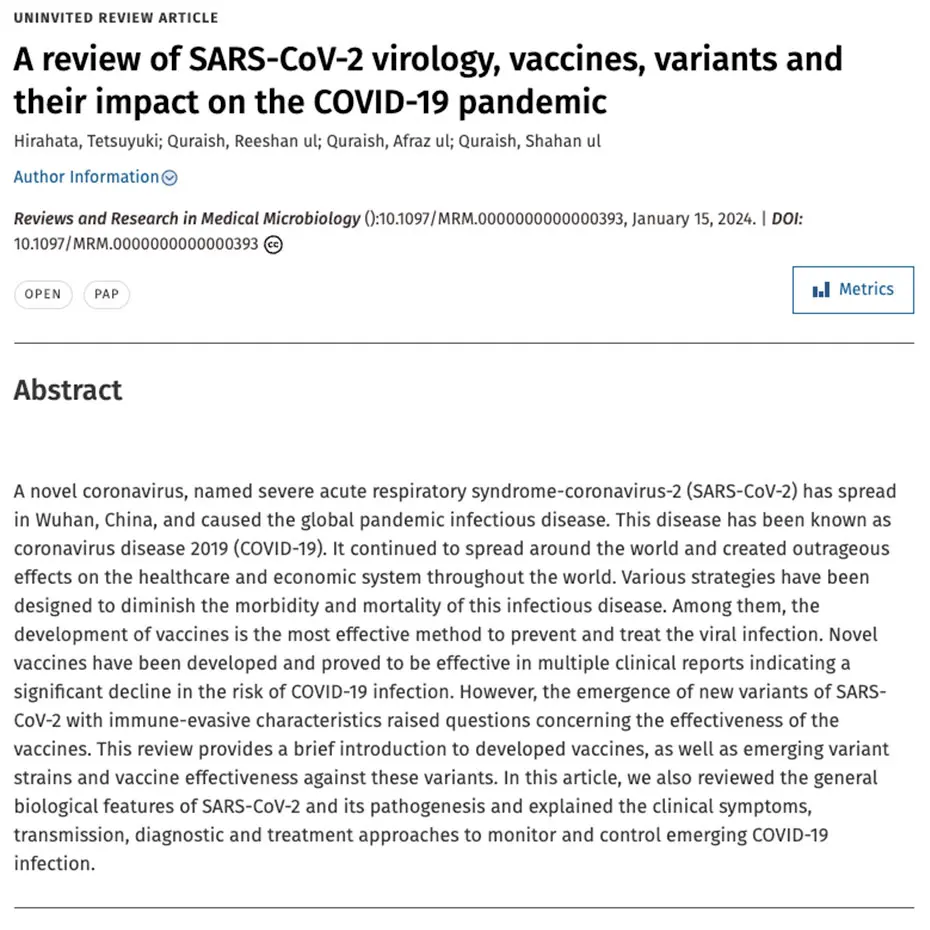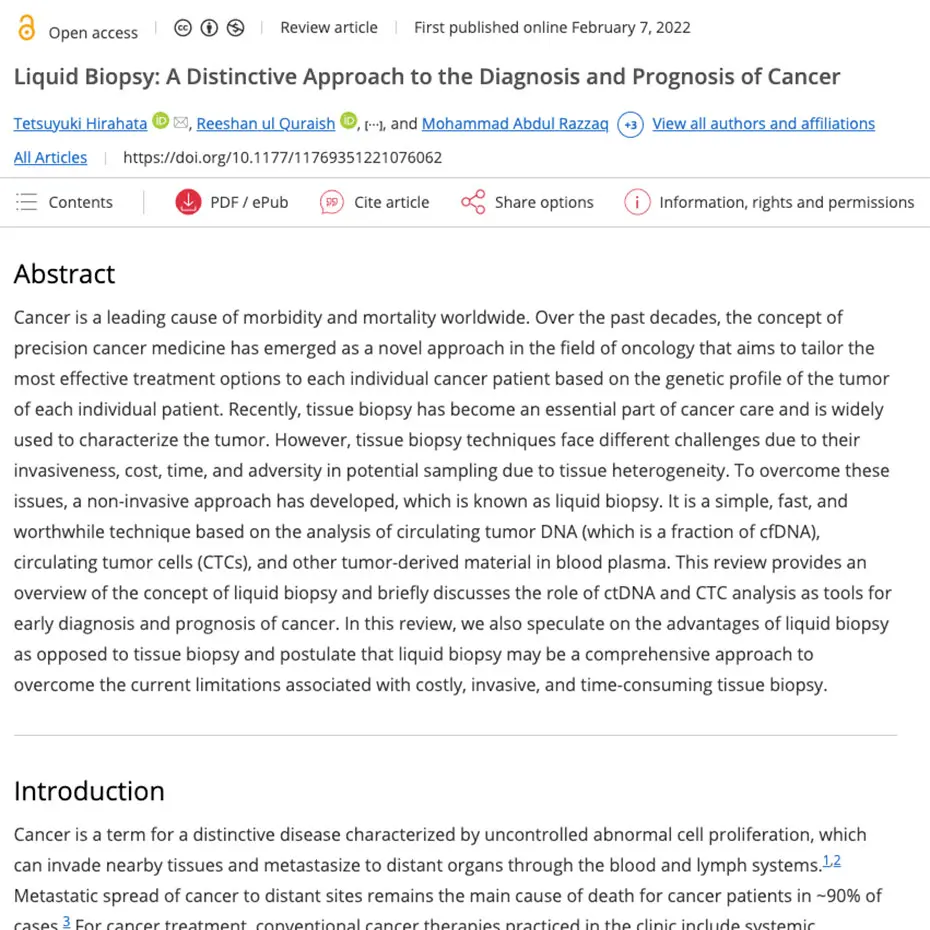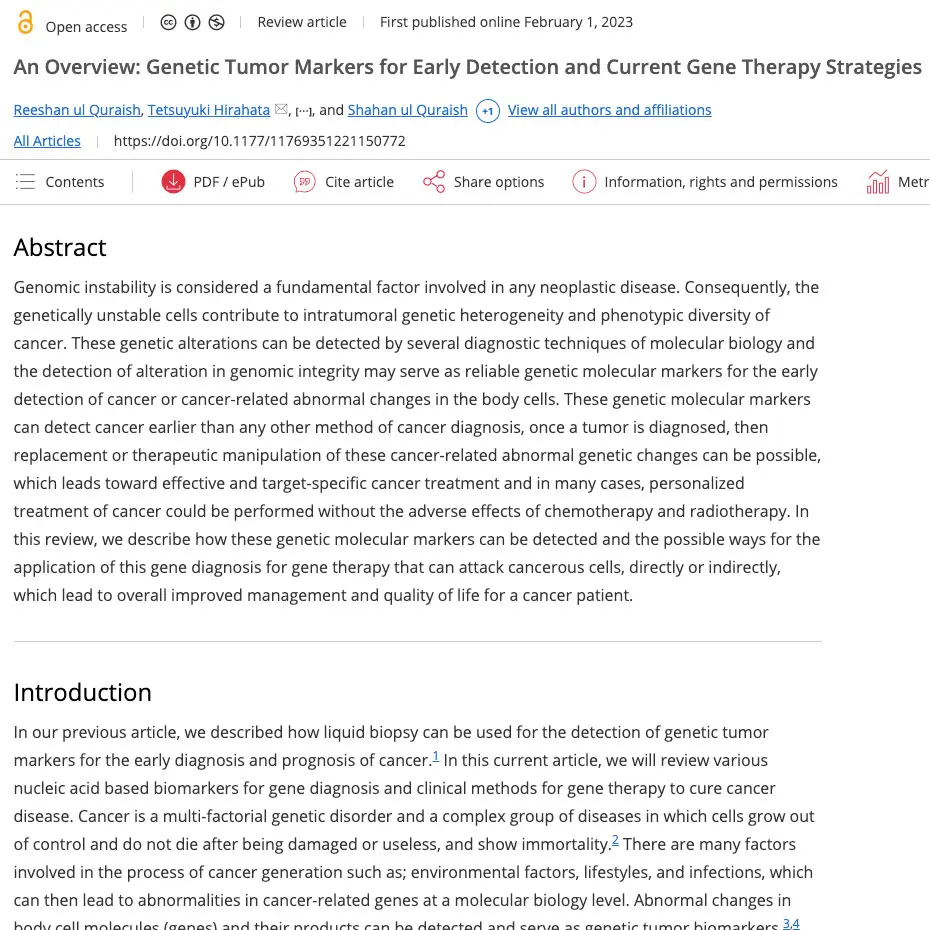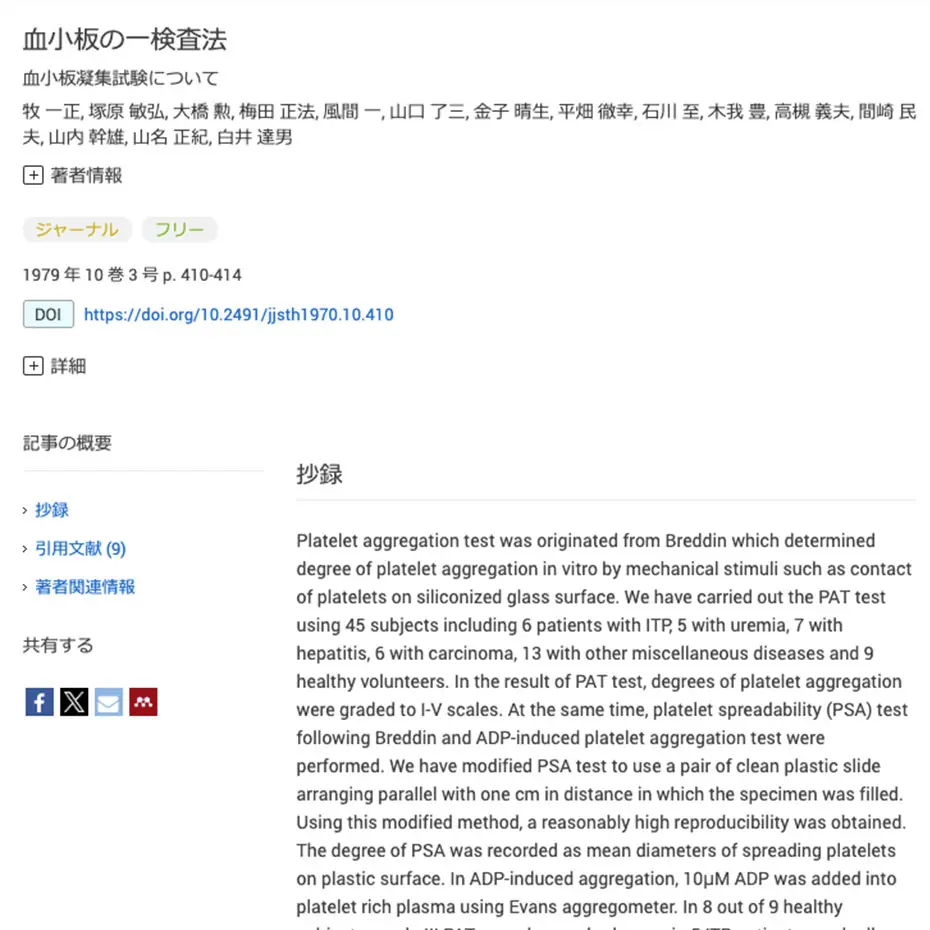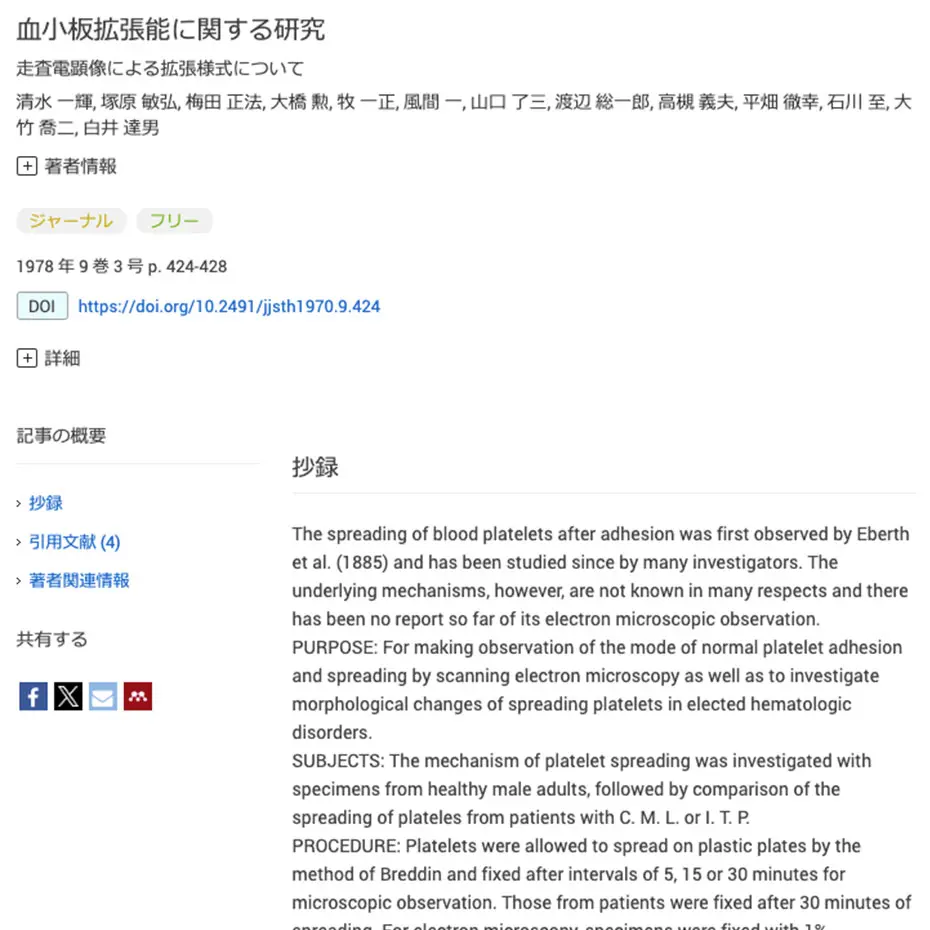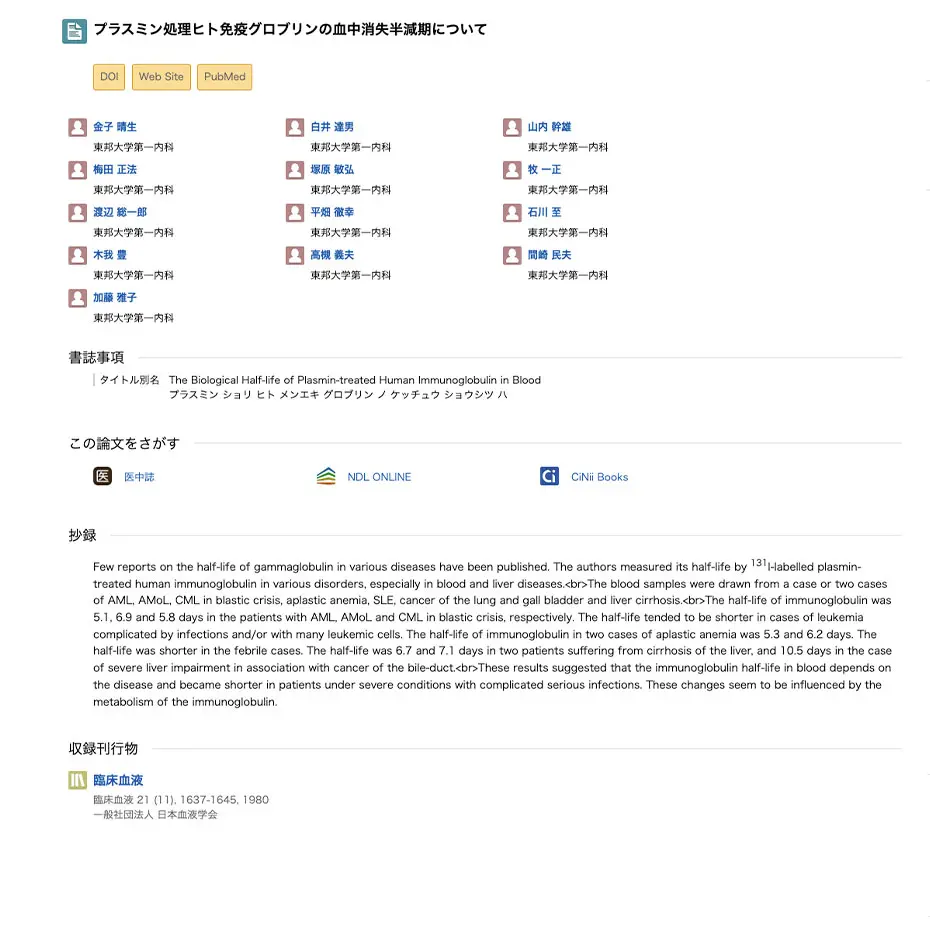研究論文
articleA review of SARS-CoV-2 virology, vaccines, variants and their impact on the COVID-19 pandemic
RRMM
A novel coronavirus, named severe acute respiratory syndrome-coronavirus-2 (SARS-CoV-2) has spread in Wuhan, China, and caused the global pandemic infectious disease. This disease has been known as coronavirus disease 2019 (COVID-19). It continued to spread around the world and created outrageous effects on the healthcare and economic system throughout the world. Various strategies have been designed to diminish the morbidity and mortality of this infectious disease. Among them, the development of vaccines is the most effective method to prevent and treat the viral infection. Novel vaccines have been developed and proved to be effective in multiple clinical reports indicating a significant decline in the risk of COVID-19 infection. However, the emergence of new variants of SARS-CoV-2 with immune-evasive characteristics raised questions concerning the effectiveness of the vaccines. This review provides a brief introduction to developed vaccines, as well as emerging variant strains and vaccine effectiveness against these variants. In this article, we also reviewed the general biological features of SARS-CoV-2 and its pathogenesis and explained the clinical symptoms, transmission, diagnostic and treatment approaches to monitor and control emerging COVID-19 infection.
Liquid Biopsy: A Distinctive Approach to the Diagnosis and Prognosis of Cancer
SAGE Journals
Cancer is a leading cause of morbidity and mortality worldwide. Over the past decades, the concept of precision cancer medicine has emerged as a novel approach in the field of oncology that aims to tailor the most effective treatment options to each individual cancer patient based on the genetic profile of the tumor of each individual patient. Recently, tissue biopsy has become an essential part of cancer care and is widely used to characterize the tumor. However, tissue biopsy techniques face different challenges due to their invasiveness, cost, time, and adversity in potential sampling due to tissue heterogeneity. To overcome these issues, a non-invasive approach has developed, which is known as liquid biopsy. It is a simple, fast, and worthwhile technique based on the analysis of circulating tumor DNA (which is a fraction of cfDNA), circulating tumor cells (CTCs), and other tumor-derived material in blood plasma. This review provides an overview of the concept of liquid biopsy and briefly discusses the role of ctDNA and CTC analysis as tools for early diagnosis and prognosis of cancer. In this review, we also speculate on the advantages of liquid biopsy as opposed to tissue biopsy and postulate that liquid biopsy may be a comprehensive approach to overcome the current limitations associated with costly, invasive, and time-consuming tissue biopsy.
An Overview: Genetic Tumor Markers for Early Detection and Current Gene Therapy Strategies
SAGE Journals
Genomic instability is considered a fundamental factor involved in any neoplastic disease. Consequently, the genetically unstable cells contribute to intratumoral genetic heterogeneity and phenotypic diversity of cancer. These genetic alterations can be detected by several diagnostic techniques of molecular biology and the detection of alteration in genomic integrity may serve as reliable genetic molecular markers for the early detection of cancer or cancer-related abnormal changes in the body cells. These genetic molecular markers can detect cancer earlier than any other method of cancer diagnosis, once a tumor is diagnosed, then replacement or therapeutic manipulation of these cancer-related abnormal genetic changes can be possible, which leads toward effective and target-specific cancer treatment and in many cases, personalized treatment of cancer could be performed without the adverse effects of chemotherapy and radiotherapy. In this review, we describe how these genetic molecular markers can be detected and the possible ways for the application of this gene diagnosis for gene therapy that can attack cancerous cells, directly or indirectly, which lead to overall improved management and quality of life for a cancer patient.
血小板の一検査法
血小板凝集試験について
国立研究開発法人 科学技術振興機構
Platelet aggregation test was originated from Breddin which determined degree of platelet aggregation in vitro by mechanical stimuli such as contact of platelets on siliconized glass surface. We have carried out the PAT test using 45 subjects including 6 patients with ITP, 5 with uremia, 7 with hepatitis, 6 with carcinoma, 13 with other miscellaneous diseases and 9 healthy volunteers. In the result of PAT test, degrees of platelet aggregation were graded to I-V scales. At the same time, platelet spreadability (PSA) test following Breddin and ADP-induced platelet aggregation test were performed. We have modified PSA test to use a pair of clean plastic slide arranging parallel with one cm in distance in which the specimen was filled. Using this modified method, a reasonably high reproducibility was obtained. The degree of PSA was recorded as mean diameters of spreading platelets on plastic surface. In ADP-induced aggregation, 10μM ADP was added into platelet rich plasma using Evans aggregometer. In 8 out of 9 healthy subjects, grade III PAT was observed, whereas in 5 ITP patients, markedly lowered ability of platelets to aggregate grade I was observed. The PAT was found enhanced in the cases of uremia. Most patient with carcinoma displayed an enhanced PAT while it was depressed in the few remainders. Statistical analysis of the data revealed no significant interrelation between PAT and PSA. However, the combination with both the test, characteristic changes were noted in each of diseases. There was a statistical evidence of significant correlatation between PAT and ADP-induced platelet aggregation, with the equation of regression:
Y=1.72+0.28X, r=0.492, P=0.02
The above results would suggest that PAT and PSA test may be useful to determine some clinical conditions, when both the methods are used in a combination.
血小板拡張能に関する研究
走査電顕像による拡張様式について
国立研究開発法人 科学技術振興機構
Platelet aggregation test was originated from Breddin which determined degree of platelet aggregation in vitro by mechanical stimuli such as contact of platelets on siliconized glass surface. We have carried out the PAT test using 45 subjects including 6 patients with ITP, 5 with uremia, 7 with hepatitis, 6 with carcinoma, 13 with other miscellaneous diseases and 9 healthy volunteers. In the result of PAT test, degrees of platelet aggregation were graded to I-V scales. At the same time, platelet spreadability (PSA) test following Breddin and ADP-induced platelet aggregation test were performed. We have modified PSA test to use a pair of clean plastic slide arranging parallel with one cm in distance in which the specimen was filled. Using this modified method, a reasonably high reproducibility was obtained. The degree of PSA was recorded as mean diameters of spreading platelets on plastic surface. In ADP-induced aggregation, 10μM ADP was added into platelet rich plasma using Evans aggregometer. In 8 out of 9 healthy subjects, grade III PAT was observed, whereas in 5 ITP patients, markedly lowered ability of platelets to aggregate grade I was observed. The PAT was found enhanced in the cases of uremia. Most patient with carcinoma displayed an enhanced PAT while it was depressed in the few remainders. Statistical analysis of the data revealed no significant interrelation between PAT and PSA. However, the combination with both the test, characteristic changes were noted in each of diseases. There was a statistical evidence of significant correlatation between PAT and ADP-induced platelet aggregation, with the equation of regression:
Y=1.72+0.28X, r=0.492, P=0.02
The above results would suggest that PAT and PSA test may be useful to determine some clinical conditions, when both the methods are used in a combination.
プラスミン処理ヒト免疫グロブリンの血中消失半減期について
国立研究開発法人 科学技術振興機構
Few reports on the half-life of gammaglobulin in various diseases have been published. The authors measured its half-life by 131I-labelled plasmin-treated human immunoglobulin in various disorders, especially in blood and liver diseases.<br>The blood samples were drawn from a case or two cases of AML, AMoL, CML in blastic crisis, aplastic anemia, SLE, cancer of the lung and gall bladder and liver cirrhosis.<br>The half-life of immunoglobulin was 5.1, 6.9 and 5.8 days in the patients with AML, AMoL and CML in blastic crisis, respectively. The half-life tended to be shorter in cases of leukemia complicated by infections and/or with many leukemic cells. The half-life of immunoglobulin in two cases of aplastic anemia was 5.3 and 6.2 days. The half-life was shorter in the febrile cases. The half-life was 6.7 and 7.1 days in two patients suffering from cirrhosis of the liver, and 10.5 days in the case of severe liver impairment in association with cancer of the bile-duct.<br>These results suggested that the immunoglobulin half-life in blood depends on the disease and became shorter in patients under severe conditions with complicated serious infections. These changes seem to be influenced by the metabolism of the immunoglobulin.

